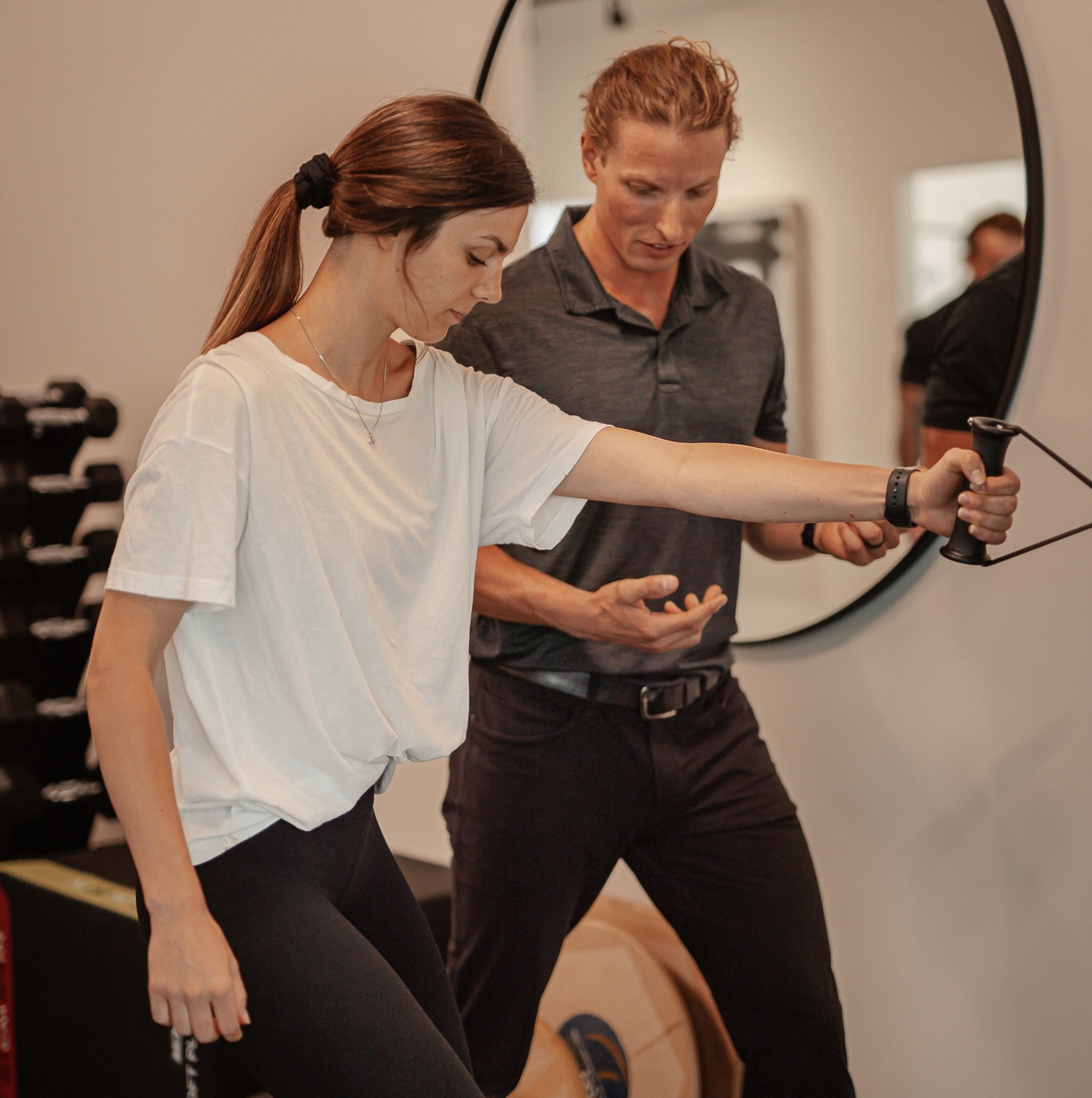
Why does my chiropractor give me home exercises?
If you have been treated by a chiropractor, you may have asked yourself this question. Likewise, if you have seen a physiotherapist you would be even more likely to do so.
You may have been expecting to have an adjustment or manual treatment on your muscles, some assisted stretching, or maybe even some other less commonly known techniques such as cupping.
Regardless of the timeline, you might have been expecting complete resolution of your issue without having to do much or anything actively at all. These are not entirely unreasonable beliefs or expectations given the history of manual therapy professions. This may even be true in certain, albeit uncommon cases.
My intention here as a chiropractor here in Kelowna, is to provide a basic overview of why home exercises can be of benefit as a component of you treatment care plan.
Pain
Most people come to see us because they are in pain. Either at rest, or during the activities that they need or want to do.
What can we do as chiropractors in Kelowna do to decrease their pain?
There are several techniques we can use at Affinity Family Wellness to decrease pain, some of which are listed above. Let us assume, however, that you are at the clinic for one hour of treatment total per week split, between two to four visits. That leaves roughly 111 waking hours per week when you are not having treatment.
What if I told you there were things you could do during those hours to, at least partially relieve that pain?
I am not talking about inhaling ibuprofen, or bathing in Biofreeze. Those things have their place for pain relief, and should be used as directed by your healthcare provider. What I am talking about is what we call therapeutic exercise. This is an activity that is prescribed specifically to improve the condition being treated.
It may be:
- a repetitive movement,
- a stretch
- or even a self directed mobilization.
- In some cases it may be very similar to traditional gym exercises but with some very important differences. A slower tempo, pauses, or a limited range of motion are a few examples.
This not only allows you to resolve your issue quicker by effectively having more treatment time, but may also allow you to keep improving certain aspects of your fitness or skills at the same time. Sounds like a win-win scenario.
Improving Your Function and Mobility
Although pain may be the primary reason for most people to see a Chiropractor or Physiotherapist here in Kelowna, improving a patient’s so-called functional ability is often an equally successful outcome from a practitioner’s point of view. Especially in cases of chronic pain that may be at a low intensity and take a long time to work through.
Pain and function are not necessarily completely separable entities either. If you only experience pain while doing a certain activity, then having less pain during said activity may be synonymous with a higher level of function.
Achieving this requires an assessment of the offending activity, or a component of it. Then either modifications would be made to the activity directly, or through repetition of other movements or exercises.
Rehabilitation – an active process to healing
This is where active and passive care start to diverge somewhat. Whereas during treatment for an acutely painful condition may not require active treatments, rehabilitation may not require pain relieving treatments/modalities. Rehabilitation is, by definition, an active process. Building tolerance to activities after a forced absence requires a gradual (note: not necessarily slow) return to those activities for optimal outcomes. It really comes down to a principle that everyone can understand: practice.
After an injury, or even just any substantial absence from activity, you will lose some of your ability.
This should be no surprise to anyone really. When you practice, you get better! When you don’t practice you either maintain, or more likely, you get worse.
If you don’t use it you lose it. This is an oversimplification, but has some truth to it.
To continue oversimplifying, we could split up an ability into two components:
-
Psychomotor (brain and nerves)
-
Physiological (muscles, bones, joints, heart, lungs etc.)
The psychomotor component is what most people would probably think of as a skill. A fine motor task that is probably not very physically demanding. It improves with repetition, and eventually degrades without.
The physiological component would probably be held in most people’s minds as some combination of health, fitness, strength, endurance etc., depending on which quality is most relevant to the task. I will not go into any more depth about this here. Suffice it to say, that to think of these two components of an ability as completely distinct or separable is often incorrect.
Take the simple case of a torn tendon. This will clearly prevent you from fully performing an activity which involves the injured tendon for a significant period of time. Significant time without practice leads to a degradation of skill. Once the injury is healed, you return to it as you are able, and you begin practicing it again to return to your prior proficiency and beyond.
Whether or not it is surgically repaired
- It will not be able to tolerate significant stress
- It will have to be immobilized for some time.
- During that time, you are not using the muscle(s) that attach to the tendon. Without use the muscles will atrophy (shrink).
- The bone(s) in that area may also demineralize (lose density).
- These tissues are now all less tolerant to stress, not to mention all of the cardiovascular and metabolic adaptations that may have also lost some ground.


